River cruises offer something that massive ocean liners simply cannot: an intimate glimpse into the world’s most remote and pristine landscapes. While everyone’s fighting for deck space on those floating cities, smaller riverboats glide quietly through places where wildlife still reigns supreme and human footprints are rare. These journeys take you deep into wilderness areas that remain largely unchanged, where the only sounds are rushing water and wildlife calls.
The beauty of wilderness river cruising lies in its ability to transport you to places that feel like they exist outside of time. You’ll drift past ancient forests, spot wildlife in their natural habitats, and experience landscapes that have remained virtually untouched by modern development.
Here is a list of 18 river cruises that venture into some of the planet’s most spectacular untouched wilderness areas.
Amazon River, Peru and Brazil
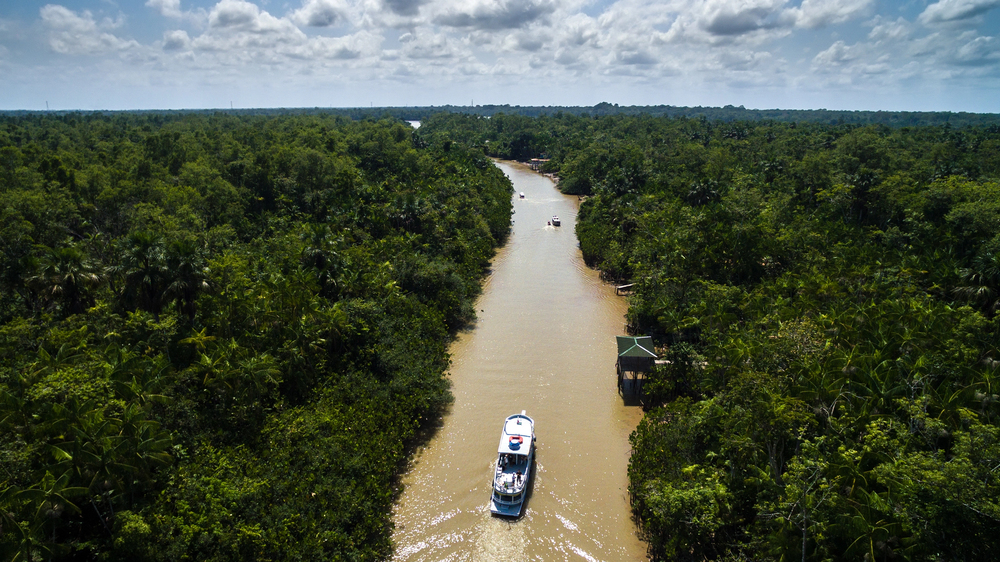
The Amazon represents the ultimate wilderness river experience, winding through the world’s largest tropical rainforest. Small expedition vessels navigate tributaries where pink dolphins surface alongside your boat and indigenous communities still live much as they have for centuries. The sheer scale of biodiversity here is staggering — you might spot jaguars, sloths, and hundreds of bird species during a single journey. This isn’t just a cruise; it’s like stepping into a living encyclopedia of nature where every bend reveals something extraordinary.
Sepik River, Papua New Guinea
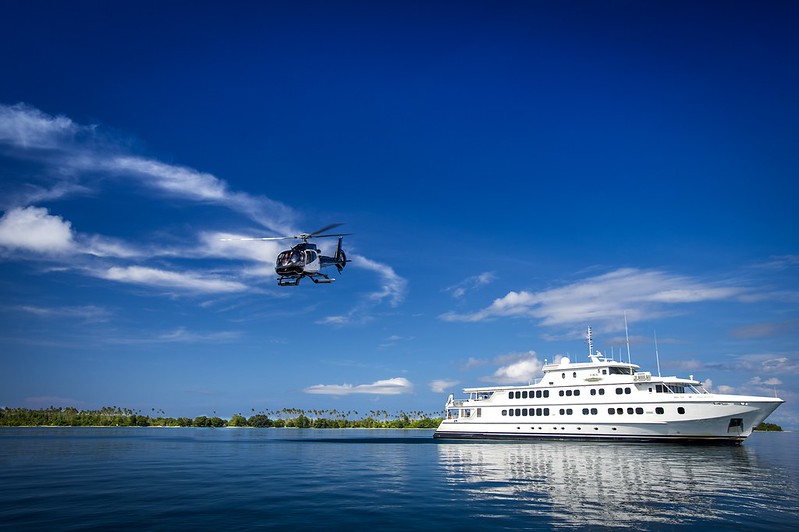
Papua New Guinea’s Sepik River flows through one of the world’s last great wilderness frontiers. The river meanders through dense tropical forests where crocodiles bask on muddy banks and exotic birds fill the canopy with their calls. Local villages along the riverbank maintain traditional ways of life, creating intricate wood carvings and practicing customs that have survived for generations. The isolation here is complete — no roads reach this region, making the river your only highway through this untamed landscape.
Mekong River, Cambodia and Laos
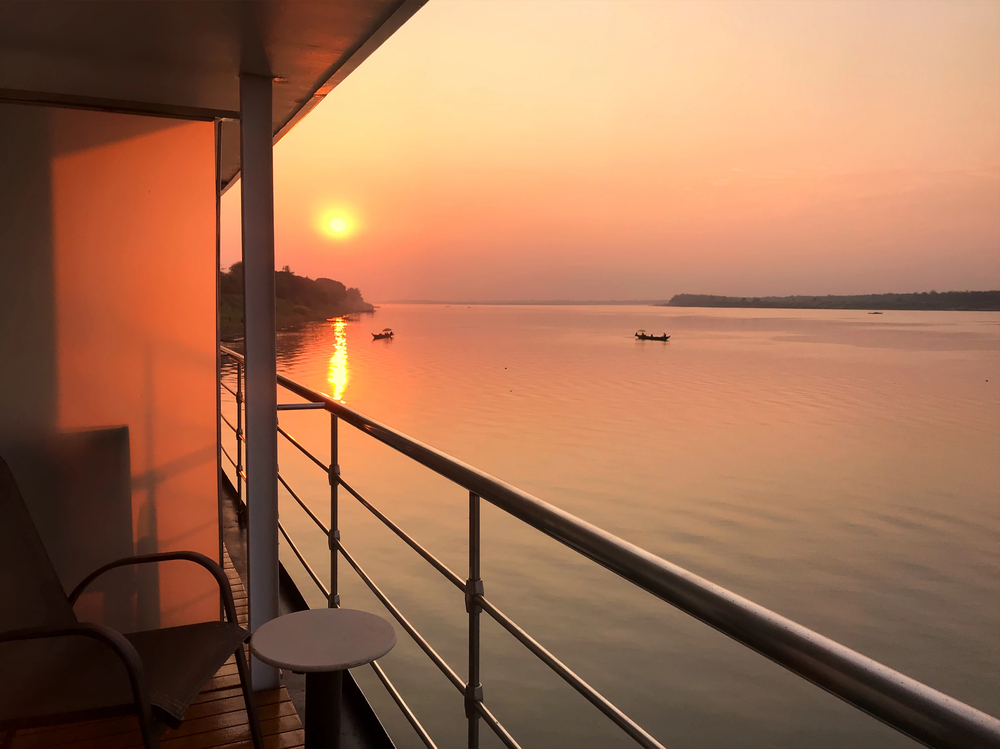
The upper reaches of the Mekong offer a wilderness experience far removed from the bustling cities downstream. Ancient temples emerge from jungle settings while elephants still roam freely in protected areas along the riverbanks. The river’s remote sections flow through landscapes where time seems to have stopped, with traditional fishing villages and untouched forests stretching to the horizon. Small boats can navigate shallow areas where larger vessels cannot go, revealing hidden waterfalls and secluded lagoons.
Brahmaputra River, India and Bangladesh
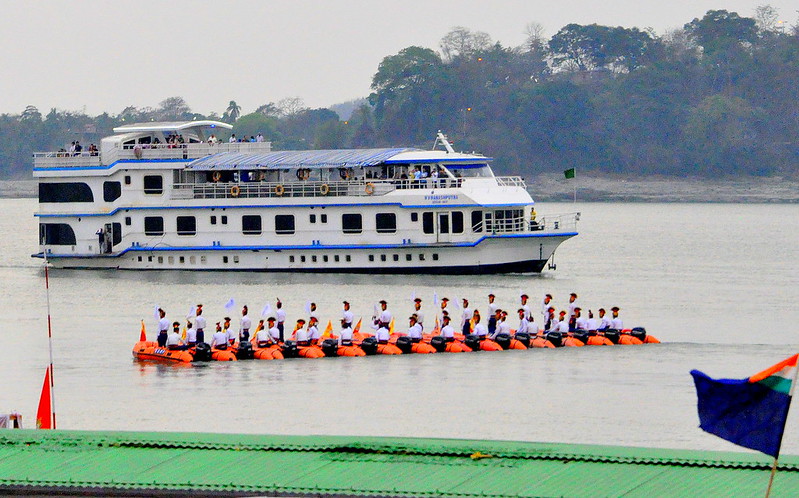
The mighty Brahmaputra carves through some of Asia’s most remote wilderness areas, including the foothills of the Himalayas. This powerful river creates constantly changing landscapes of sandbars and islands where rare birds nest and endangered species find refuge. The surrounding forests harbor tigers, elephants, and one-horned rhinoceros in their natural habitat. River dolphins play in the muddy waters while traditional fishing communities work from small wooden boats, maintaining lifestyles that have endured for centuries.
Irrawaddy River, Myanmar
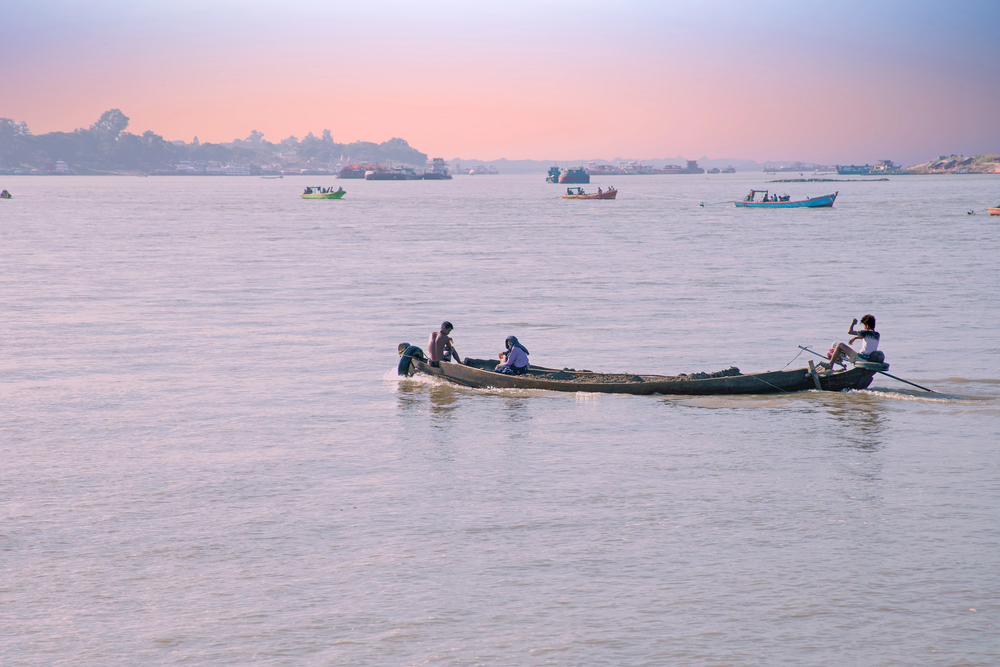
— Photo by nilaya
Myanmar’s Irrawaddy River winds through landscapes that remain largely untouched by mass tourism. Ancient pagodas rise from misty riverbanks while traditional villages maintain customs that have survived for generations. The river’s remote sections flow through protected wilderness areas where elephants still work in logging operations and rare birds nest in riverside forests. Small expedition boats can access tributaries where the only sounds are water lapping against bamboo and the distant calls of wildlife.
Ganges River, India
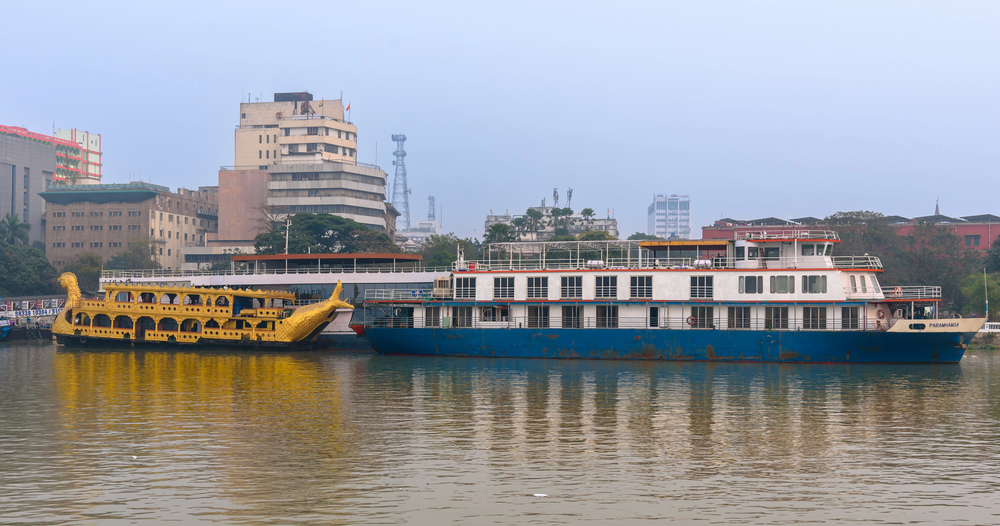
— Photo by arb1978
The upper Ganges flows through pristine Himalayan landscapes before reaching the more populated plains below. These mountain sections offer wilderness experiences where the river rushes through dramatic gorges and past snow-capped peaks. Sacred sites blend with untouched nature as the river flows through areas where traditional pilgrimage routes follow ancient paths. Wildlife thrives in the cooler mountain climate, with species adapted to high-altitude environments creating unique ecosystems along the riverbanks.
Yangtze River, China
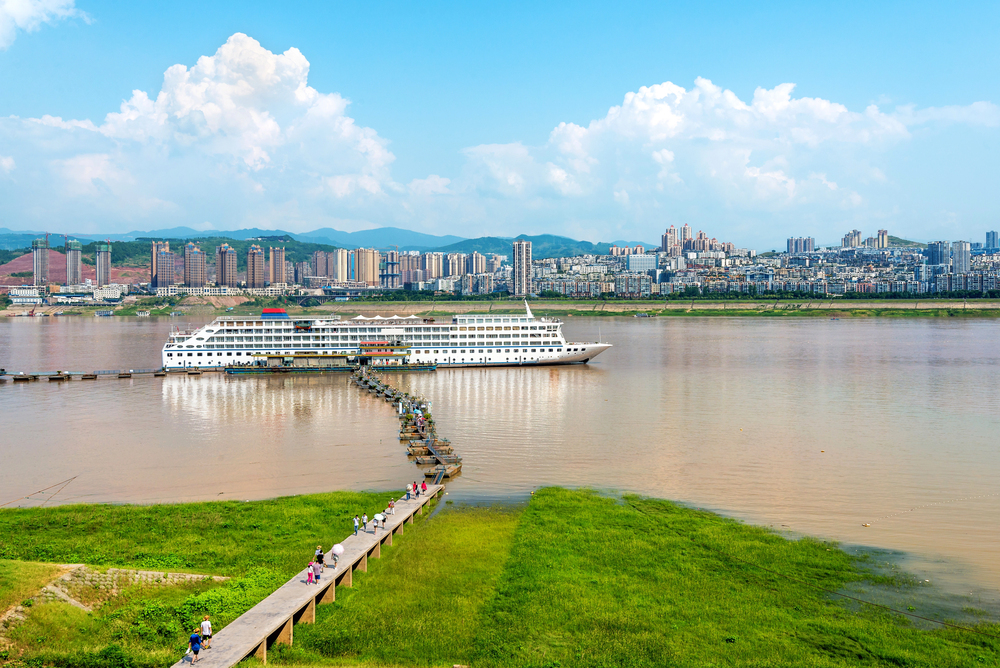
Before the Three Gorges Dam changed its character, the Yangtze’s remote tributaries still offer wilderness experiences in China’s mountainous interior. Small boats navigate through dramatic landscapes where ancient villages cling to steep hillsides and traditional farming terraces create stunning visual patterns. The river’s upper reaches flow through areas where rare species like the Chinese alligator and various endemic fish species still survive. Mist-shrouded mountains and untouched forests create an almost mystical atmosphere along these less-traveled waterways.
Volga River, Russia
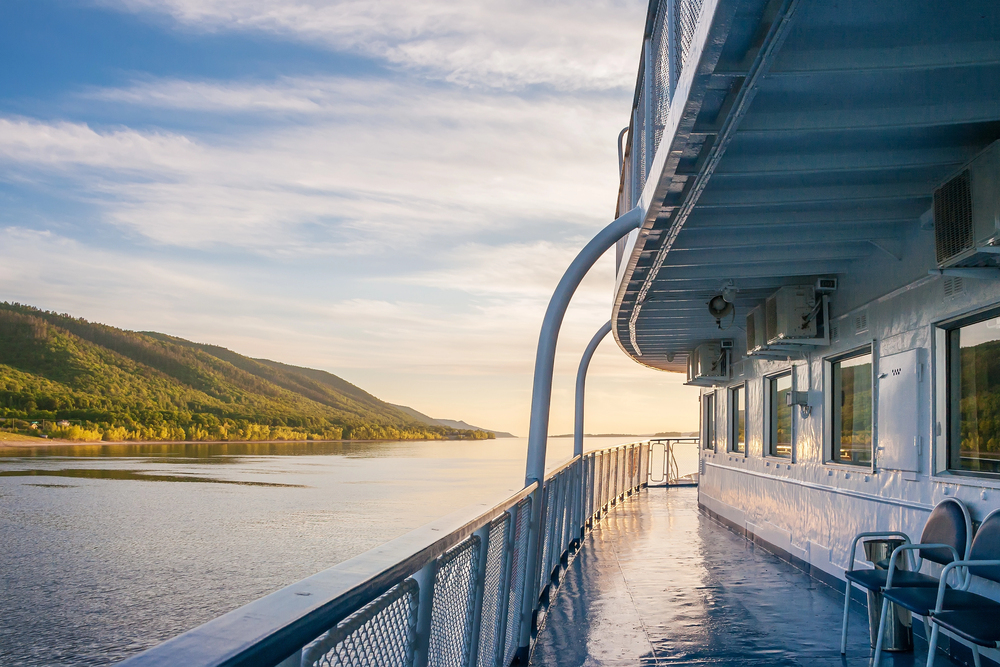
Russia’s Volga River system includes vast wilderness areas where the waterway flows through endless forests and wetlands. These remote sections harbor brown bears, wolves, and countless bird species in environments that remain largely unchanged from centuries past. Traditional Russian villages dot the riverbanks, maintaining customs and architecture that reflect the country’s deep cultural heritage. The sheer scale of the wilderness here is overwhelming — you can cruise for days without seeing significant human development.
Danube River, Eastern Europe
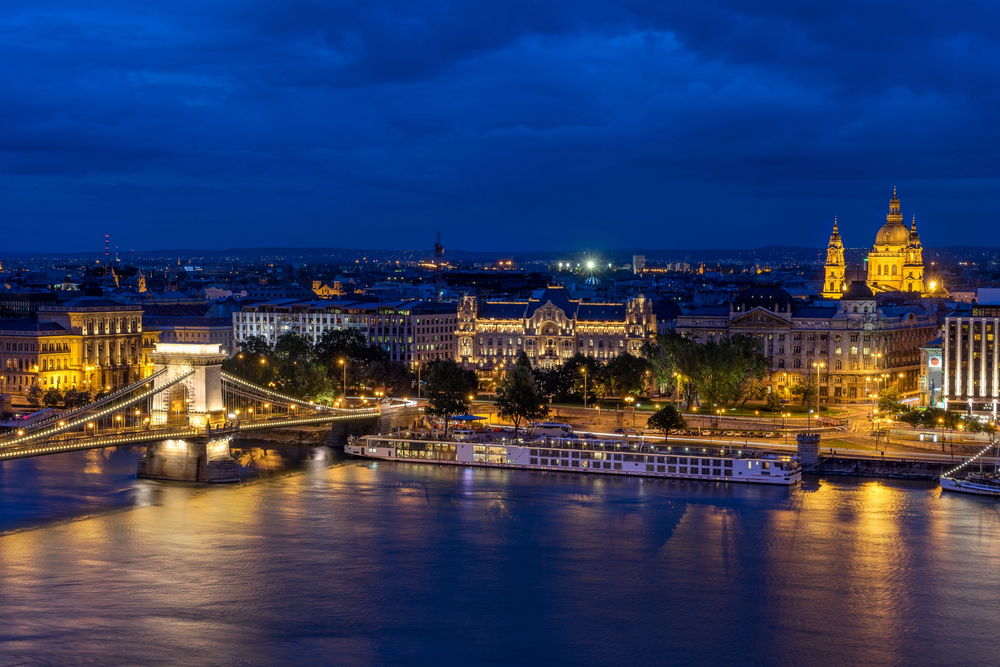
The Danube’s upper reaches flow through pristine wilderness areas in countries like Romania and Bulgaria. The famous Danube Delta creates one of Europe’s last great wilderness areas, where countless bird species nest in vast reed beds and traditional fishing communities maintain ancient lifestyles. Wolves and bears still roam the surrounding forests while the river itself supports diverse fish populations. Small boats can explore side channels where the only sounds are wildlife calls and water moving through reeds.
Nile River, Sudan and Egypt
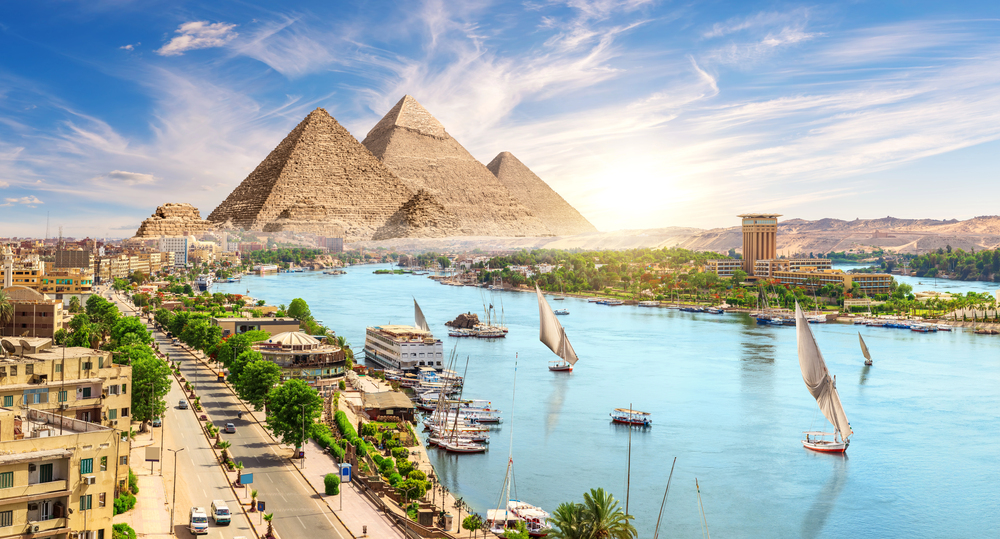
The Nile’s remote sections flow through landscapes that remain largely untouched by modern development. Ancient archaeological sites emerge from desert settings while traditional Nubian communities maintain customs that predate the pharaohs. The river’s upper reaches navigate through areas where crocodiles and hippos still thrive in their natural habitat. Small expedition vessels can access sections where the desert meets the river, creating dramatic contrasts between lush riverbank vegetation and endless sand dunes.
Congo River, Democratic Republic of Congo
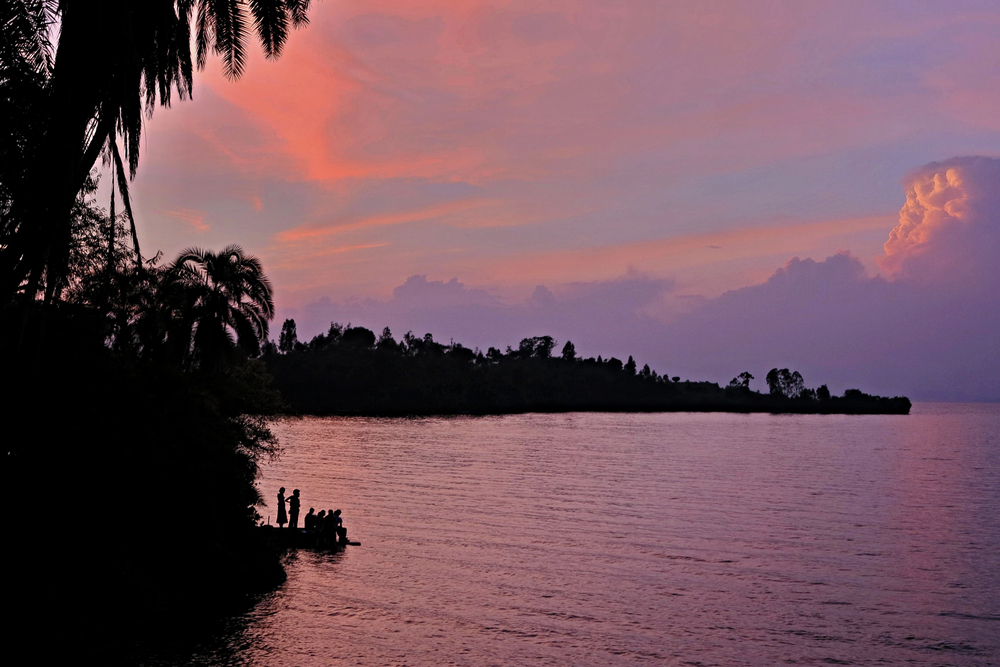
The Congo River system penetrates deep into Africa’s last great wilderness frontier. Dense rainforests line the riverbanks while elephants, gorillas, and countless other species thrive in some of the continent’s most pristine ecosystems. Traditional communities along the river maintain lifestyles that have survived for generations, creating intricate art and practicing customs that reflect deep connections to the forest. The isolation here is complete — some areas remain unmapped and unexplored even today.
Orinoco River, Venezuela
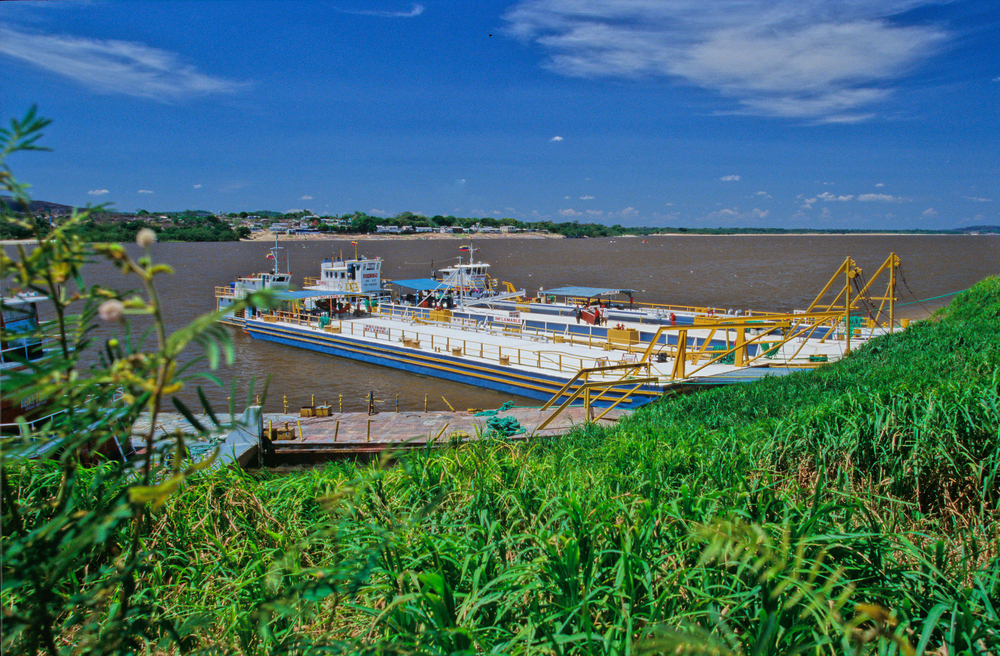
Venezuela’s Orinoco River flows through vast wilderness areas where indigenous communities maintain traditional ways of life. The river’s tributaries penetrate deep into rainforests where jaguars hunt and countless bird species create a symphony of tropical sounds. Ancient rock formations and waterfalls create dramatic backdrops while pink dolphins surface in the muddy waters. Small boats can navigate shallow tributaries where the jungle canopy creates natural tunnels of green vegetation.
Magdalena River, Colombia
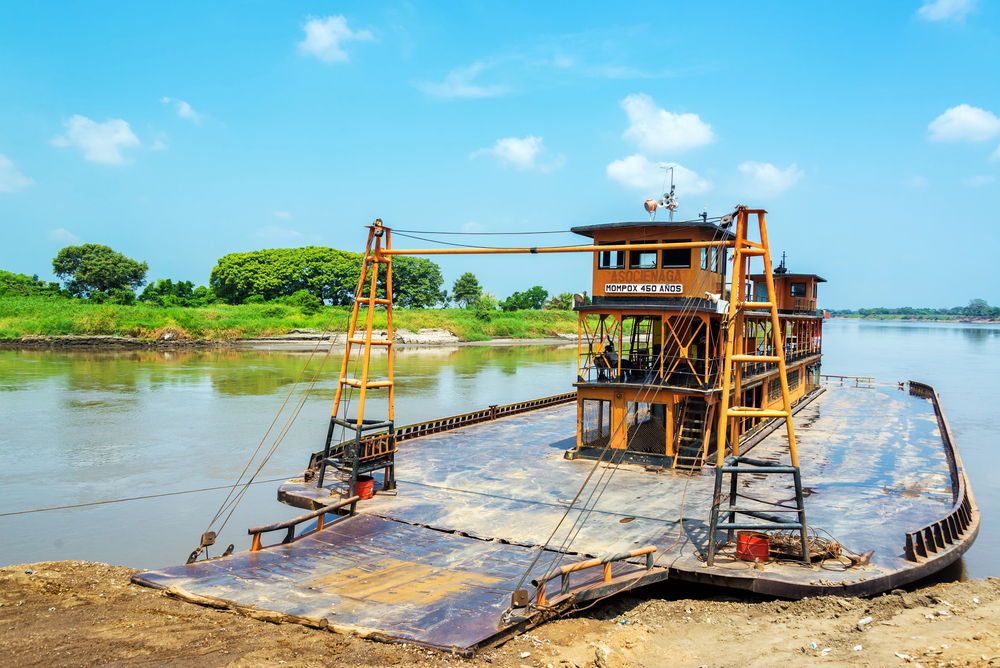
Colombia’s Magdalena River flows through recovering wilderness areas where wildlife populations are rebounding after decades of conflict. The river’s remote sections wind through landscapes where howler monkeys call from riverside trees and colorful birds fill the tropical air. Traditional fishing communities maintain customs that reflect the country’s rich cultural heritage, while the surrounding forests harbor species found nowhere else on Earth. Peace has returned to many areas, allowing nature to reclaim landscapes that were once off-limits.
Zambezi River, Zambia and Zimbabwe
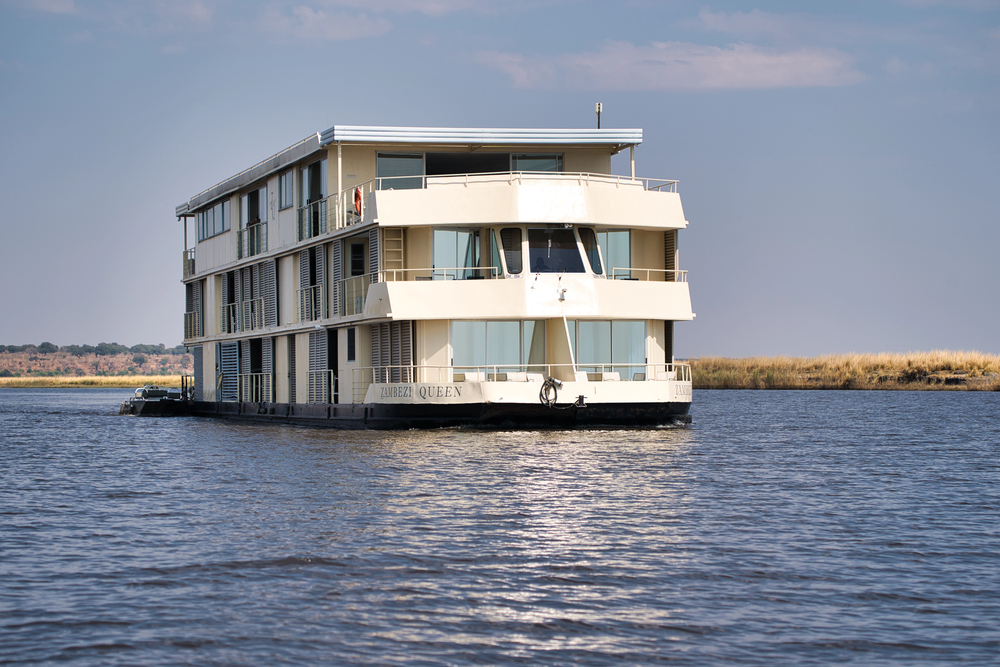
— Photo by stur.inbox.com
The Zambezi flows through some of Africa’s most pristine wilderness areas, including sections where elephants come to drink at the river’s edge. The famous Victoria Falls creates a dramatic centerpiece, but the river’s remote sections offer quieter wilderness experiences where hippos and crocodiles thrive in their natural habitat. Traditional villages along the riverbank maintain customs that have survived for generations, while the surrounding savannas support diverse wildlife populations. Small boats can navigate channels where the only sounds are wildlife calls and water flowing over ancient rocks.
Yukon River, Alaska and Canada
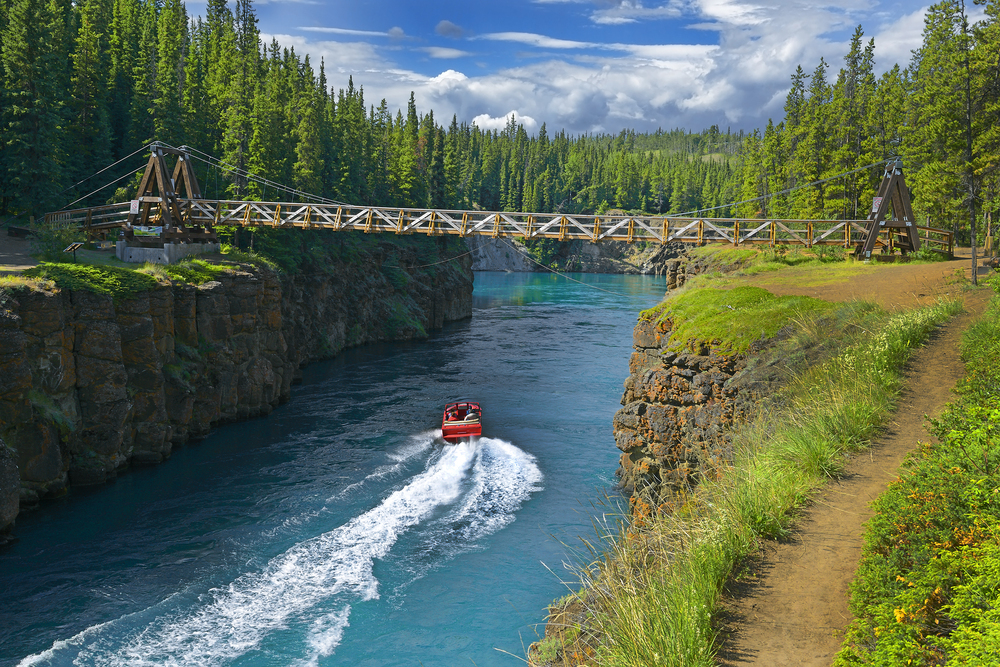
The Yukon River system flows through some of North America’s last great wilderness areas. Remote sections wind through landscapes where grizzly bears fish for salmon and caribou migrate across endless tundra. Traditional indigenous communities maintain customs that reflect deep connections to the land, while the surrounding wilderness remains largely unchanged from prehistoric times. The sheer scale of emptiness here is profound — you can cruise for days without seeing another human structure.
Mackenzie River, Canada
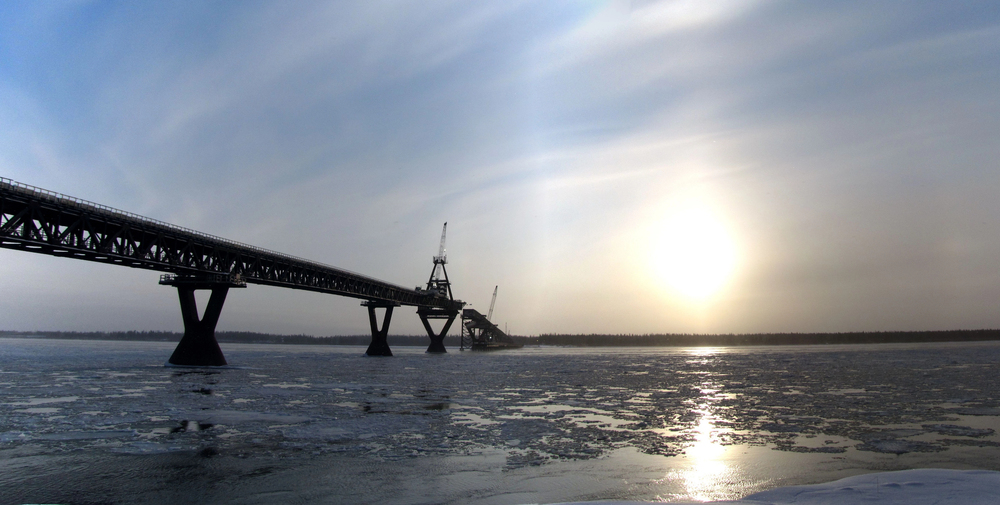
Canada’s Mackenzie River flows through vast wilderness areas where polar bears hunt along the shoreline and countless bird species nest in Arctic environments. Traditional indigenous communities maintain lifestyles that have adapted to extreme northern conditions, while the surrounding landscapes support unique Arctic ecosystems. The river’s remote sections navigate through areas where the midnight sun creates surreal lighting conditions and wildlife thrives in pristine environments. Small expedition vessels can access tributaries where ice formations create constantly changing Arctic artwork.
Fraser River, Canada
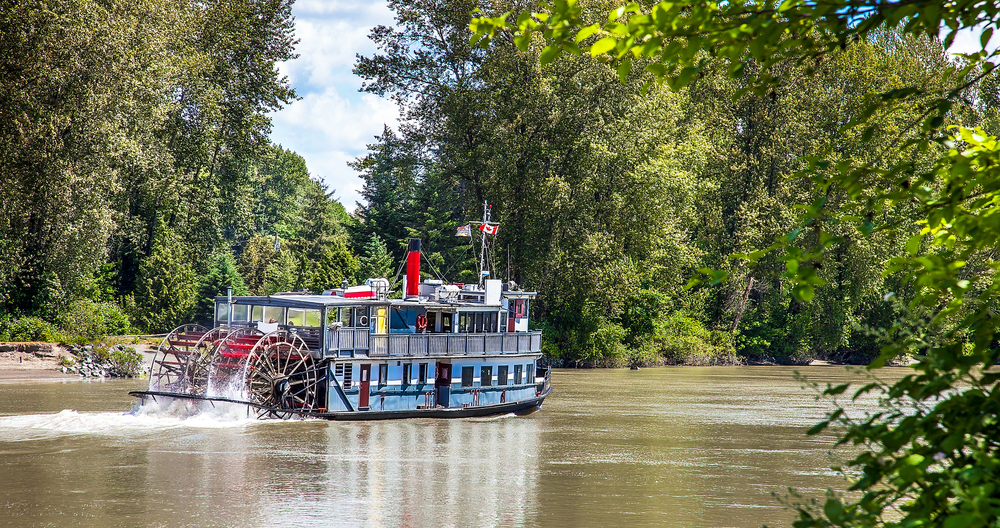
— Photo by SchnepfPictures
The Fraser River flows through pristine wilderness areas in British Columbia where salmon runs support diverse wildlife populations. Grizzly bears gather at the river’s edge during spawning season while eagles soar overhead in dramatic mountain settings. Traditional First Nations communities maintain customs that reflect deep connections to the salmon runs and surrounding forests. The river’s remote sections wind through landscapes where ancient forests meet snow-capped peaks, creating some of North America’s most spectacular wilderness scenery.
Murray River, Australia
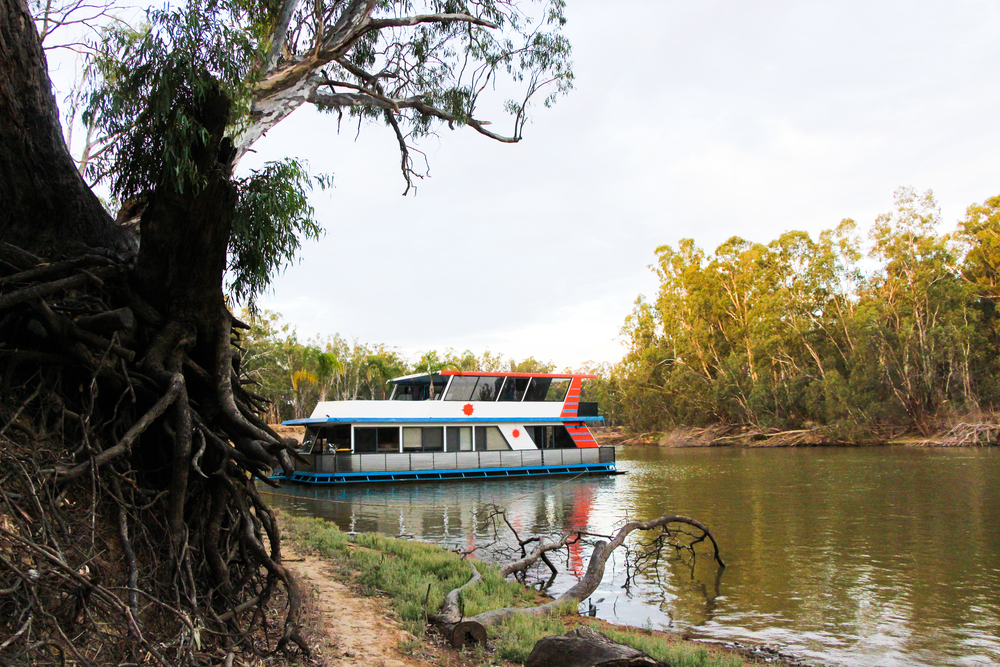
Australia’s Murray River system includes remote sections that flow through untouched wilderness areas where unique wildlife thrives. Red gum forests line the riverbanks while platypus and echidnas represent some of the world’s most unusual mammals. Traditional Aboriginal communities maintain connections to country that stretch back tens of thousands of years while the surrounding landscapes support species found nowhere else on Earth. Small boats can navigate side channels where the only sounds are bird calls and water flowing through ancient river systems.
Rivers as Time Machines
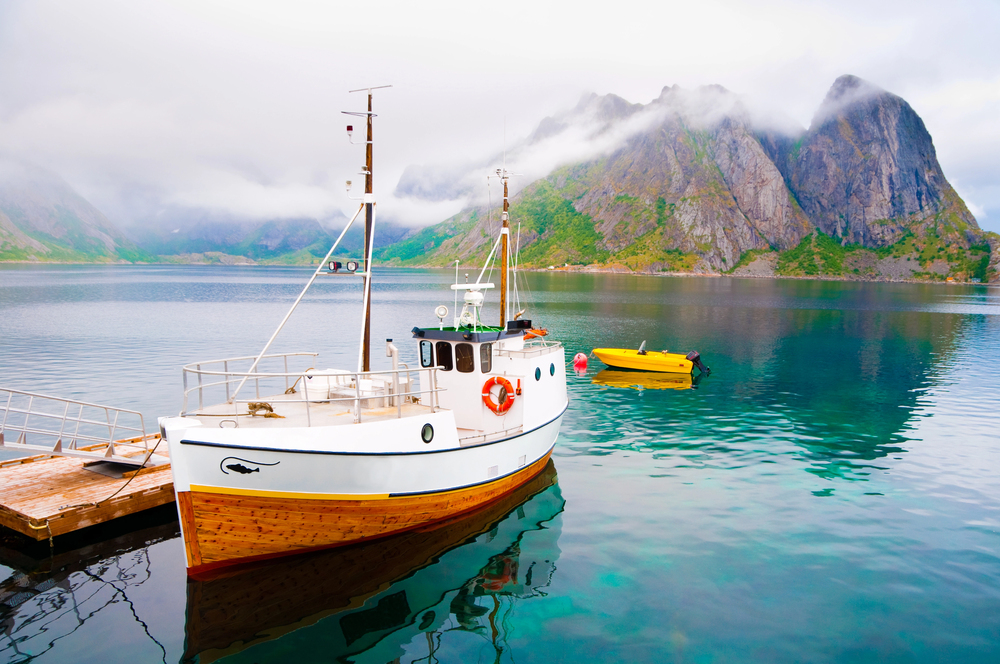
These wilderness river cruises offer more than just scenic beauty — they provide windows into worlds that existed long before modern civilization reshaped the planet. Each journey reveals landscapes and wildlife populations that function much as they did centuries or even millennia ago. The rivers themselves serve as lifelines for both wildlife and traditional communities, maintaining connections between past and present that remind us of our planet’s incredible natural heritage. In a world where true wilderness becomes increasingly rare, these waterways preserve experiences that future generations desperately need to understand and protect.
More from Travel Pug

- 20 Best Beach Towns in the Carolinas
- 13 Destinations Where Tourists Regularly Regret Their Trip
- 20 Things You Actually Get in First Class
- 20 Small Airports With Aviation Museums
- 20 Places in the U.S. That Are Perfect for a Reset Trip
Like Travel Pug’s content? Follow us on MSN.
